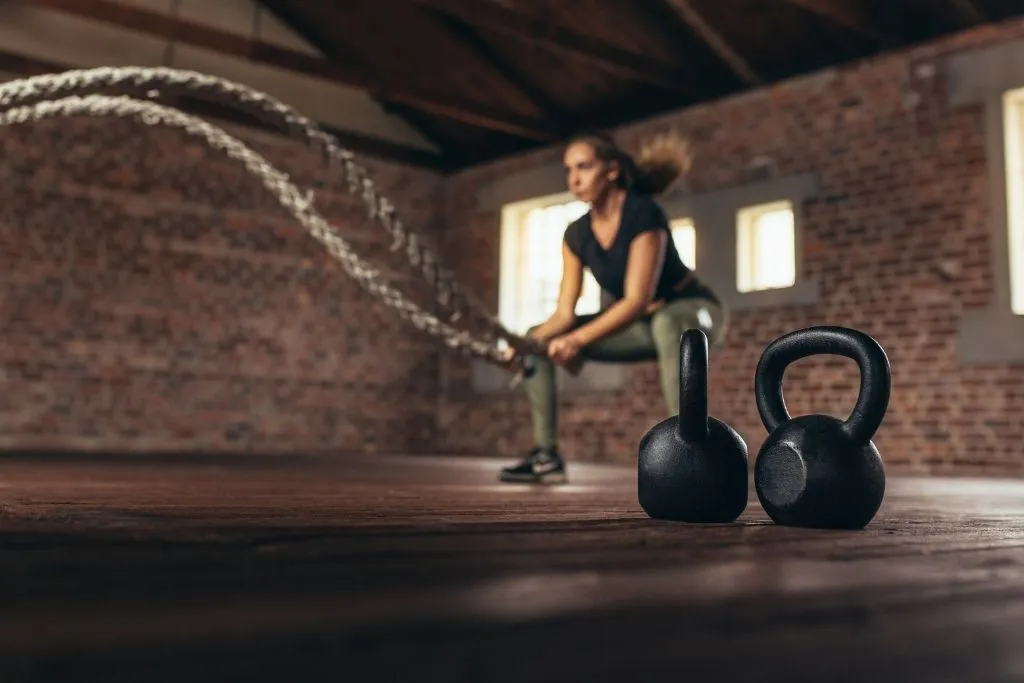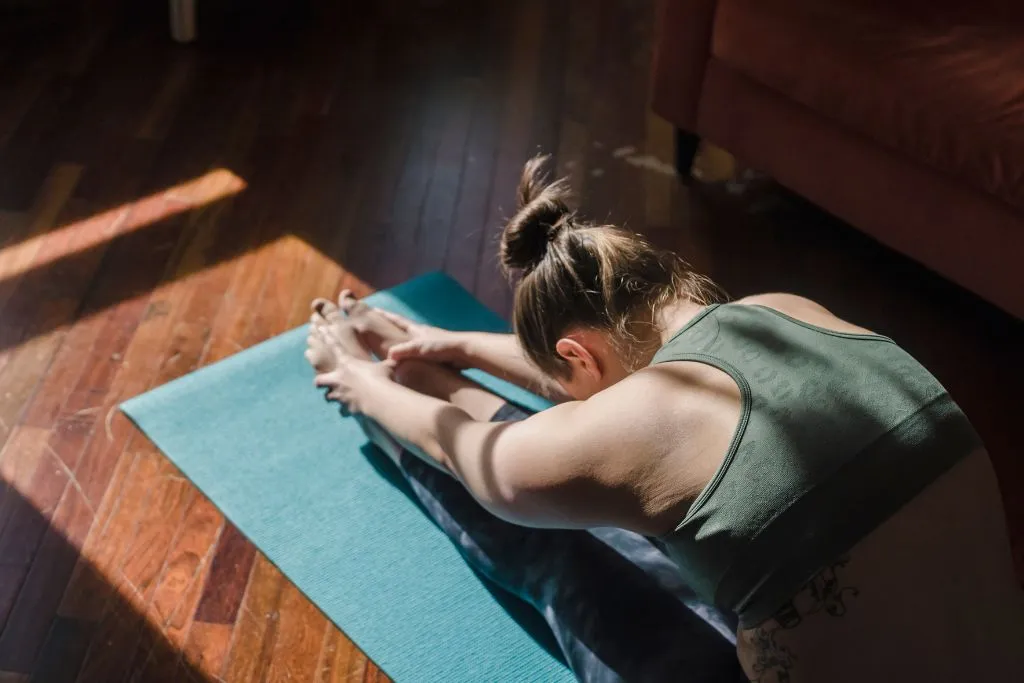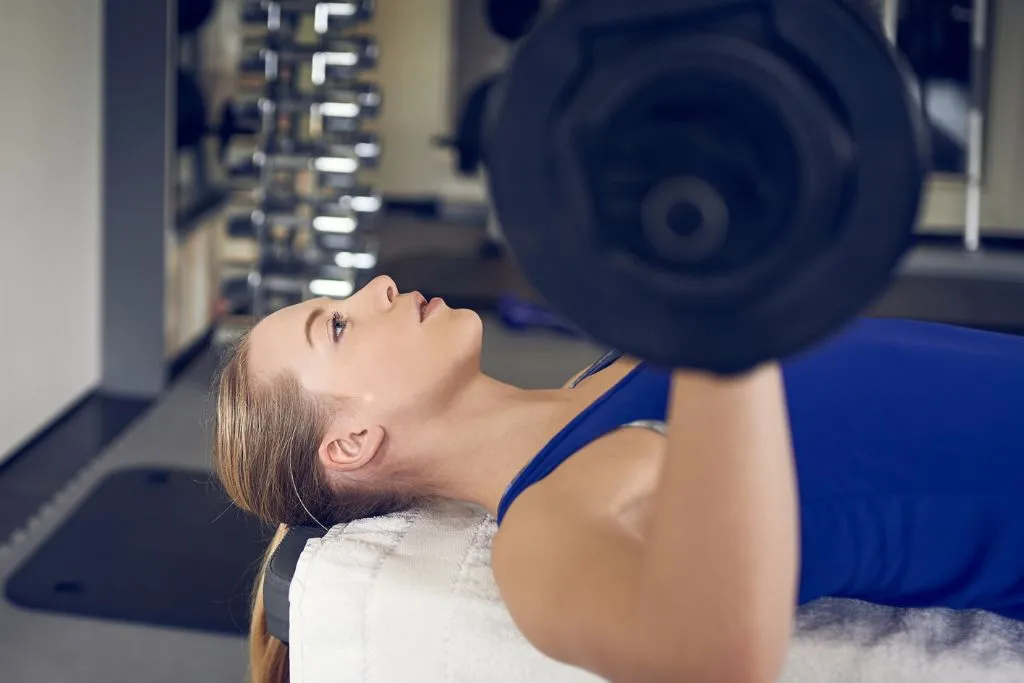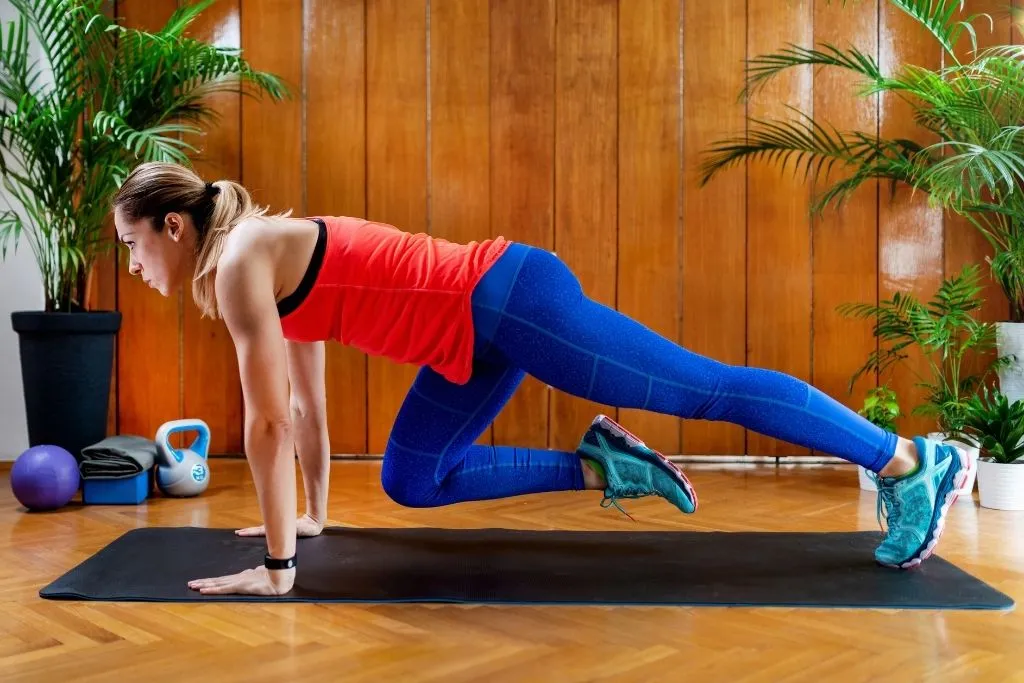Le running ou course à pied peut être un excellent moyen de se mettre en forme, de perdre du poids ou simplement d’améliorer sa santé. Il s’agit d’un exercice à faible impact qui peut être pratiqué presque partout et qui ne nécessite aucun équipement coûteux. La meilleure façon de commencer à courir est d’augmenter lentement votre kilométrage et votre intensité au fil du temps. Commencez par courir quelques jours par semaine et augmentez progressivement la distance et le rythme de vos courses. Si vous n’avez jamais couru, vous pouvez vous inscrire à un programme de course pour débutants ou rejoindre un groupe de course.
Pourquoi se mettre au running ?
La course à pied est l’une des formes d’exercice les plus efficaces lorsqu’il s’agit de se dépenser et de brûler des calories. C’est plus efficace que le vélo, la natation ou le basket-ball. La course à pied renforce également le cœur et les poumons, améliore l’humeur et réduit le risque de maladies telles que le cancer, les maladies cardiaques et les accidents vasculaires cérébraux.
La meilleure façon de commencer à courir est de l’incorporer progressivement dans votre routine quotidienne. Commencez par ajouter une marche de cinq ou dix minutes à votre routine normale. Une fois que vous vous sentez à l’aise, ajoutez un léger jogging pendant cinq ou dix minutes supplémentaires. Augmentez progressivement la durée et l’intensité de votre course jusqu’à ce que vous soyez capable de courir pendant trente minutes ou plus.
Si vous êtes novice en matière de course, il est important de commencer lentement et de développer votre endurance. Il est également important de porter des vêtements et des chaussures adaptés. Veillez à porter des vêtements qui vous vont bien et qui n’entravent pas vos mouvements. Choisissez des chaussures qui offrent un bon amortissement et un bon soutien.
Une fois que vous avez commencé, assurez-vous de persévérer ! La course à pied peut être un excellent moyen de se mettre en forme, de perdre du poids et d’améliorer sa santé, mais cela demande du temps et du dévouement. Soyez patient et restez concentré, et vous verrez des résultats en un rien de temps !

Comment ne pas perdre sa motivation ?
Rester motivé en courant peut être difficile, mais ce n’est pas impossible. Voici quelques conseils pour vous aider à vous lancer et à rester sur la bonne voie :
1. Établissez un plan
Décidez du moment et de l’endroit où vous allez courir chaque jour, et respectez-le. Le fait d’avoir une routine fixe vous aidera à rester responsable.
2. Trouvez un partenaire de course.
Un ami peut rendre l’expérience plus amusante et vous apporter du soutien lorsque vous en avez besoin.
3. Fixez-vous des objectifs.
Qu’il s’agisse de courir une certaine distance ou de perdre du poids, avoir des objectifs à atteindre vous motivera.
4. Récompensez-vous.
Après avoir atteint un objectif, offrez-vous quelque chose que vous aimez, comme une nouvelle paire de baskets ou un smoothie après l’effort.
5. Restez positif.
Personne n’est parfait, alors ne vous culpabilisez pas si vous avez une mauvaise course de temps en temps. Concentrez-vous plutôt sur les bons moments et utilisez-les comme motivation pour continuer.
Comment améliorer vos performances au running ?
Si vous cherchez à améliorer vos performances de course, il y a plusieurs choses que vous pouvez faire. Voici quelques conseils :
- Assurez-vous d’être bien hydraté avant de commencer à courir. Boire beaucoup d’eau vous aidera à rester hydraté et à améliorer vos performances.
- Étirez-vous avant. Les étirements permettent de détendre vos muscles et de les préparer à la course.
- Commencez lentement. Ne partez pas trop vite et ne vous épuisez pas au début. Augmentez progressivement votre rythme au fil du temps.
- Faites des pauses si vous en avez besoin. Si vous commencez à vous sentir fatigué, faites une pause et marchez un peu avant de continuer.
- Écoutez de la musique ou des podcasts pendant que vous courez. Écouter quelque chose qui vous intéresse vous aidera à passer le temps et à rester motivé.
- Essayez de nouveaux itinéraires. Courir le même itinéraire peut devenir ennuyeux, alors mélangez les choses de temps en temps en essayant un nouveau chemin ou sentier.

Blessures courantes au running et comment les prévenir
La course à pied peut être un excellent moyen de se mettre en forme, mais elle peut aussi entraîner des blessures si vous ne faites pas attention. Voici quelques-unes des blessures les plus courantes :
1. La périostite tibiale
La périostite tibiale est une inflammation du périoste, la fine gaine de tissu qui entoure les os. Elle peut être causée par un certain nombre de facteurs, notamment une infection, un traumatisme ou une surutilisation. Les symptômes comprennent la douleur, le gonflement et la raideur de la zone entourant le tibia. Le traitement consiste généralement à reposer la glace et les médicaments anti-inflammatoires. Dans les cas graves, une intervention chirurgicale peut être nécessaire pour retirer les tissus endommagés.
Prévention de la périostite tibiale
Il y a plusieurs choses que l’on peut faire pour prévenir la périostite tibiale. La plus importante est de s’assurer que vous portez des chaussures adaptées à votre activité et qu’elles sont en bon état. Vous devez également veiller à vous échauffer et à vous étirer correctement avant toute activité, et à appliquer de la glace sur la zone en cas de douleur ou d’inflammation
Traitement de la périostite tibiale
Concernant le traitement, n’existe pas de réponse unique à cette question, car la meilleure façon de traiter une périostite peut varier en fonction du cas de chacun.
Le traitement de la périostite tibiale comprend à la fois des thérapies conservatrices et chirurgicales. Les traitements conservateurs comprennent la glace, le repos, la compression et l’élévation (protocole GREC). Une thérapie physique peut également être prescrite pour aider à étirer et à renforcer les muscles autour du tibia. Si les traitements conservateurs échouent, une intervention chirurgicale peut être nécessaire pour retirer le tissu enflammé.
2. Genou du coureur
Comme son nom l’indique, le genou du coureur est une affection que l’on rencontre généralement chez les coureurs. Il s’agit d’un type de blessure de surmenage qui affecte l’articulation du genou et est causé par des mouvements répétitifs. Les symptômes comprennent une douleur autour ou derrière la rotule, un gonflement et une raideur.
Le genou du coureur peut être évité en s’échauffant correctement avant de courir et en se refroidissant après. Le renforcement des muscles autour du genou peut également aider à prévenir le genou du coureur. Le port de chaussures adaptées qui soutiennent le pied et la cheville peut également contribuer à prévenir cette affection. Si vous souffrez du genou du coureur, il est important de reposer l’articulation et d’éviter les activités qui l’aggravent. La glace, la thérapie physique et les médicaments anti-inflammatoires peuvent aider à réduire la douleur et le gonflement. La chirurgie est rarement nécessaire, mais peut l’être dans les cas graves.
Que faire avant et après ma séance de running?
Avant une course, mangez quelque chose de léger et facile à digérer, comme des toasts ou une banane. Après la course, faites le plein de glucides et de protéines. Essayez un smoothie avec des fruits, du yaourt et du miel ou un sandwich à la dinde avec beaucoup de légumes.
Lorsque vous avez fini de courir, la meilleure façon de vous rafraîchir est de faire quelques étirements. Cela aidera votre corps à se détendre et à éviter les blessures. Après vous être étiré, buvez beaucoup d’eau pour vous réhydrater. Enfin, mangez quelque chose de sain pour faire le plein d’énergie.
La course à pied est un excellent moyen de rester en forme, mais il est important de la pratiquer en toute sécurité. Dans cet article, nous vous donnons quelques conseils sur la façon de vous préparer et de récupérer après une course. En suivant ces directives, vous pourrez profiter de la course à pied sans douleur ni blessure. Qu’attendez-vous ? Allez-y et commencez à courir dès aujourd’hui !

F.A.Q sur le Running :
Que dois-je manger avant de courir ?
Il est important de prendre un repas léger ou une collation avant d'aller courir. Une banane ou une barre énergétique peut vous donner l'énergie dont vous avez besoin pour une course courte, tandis qu'un repas plus consistant, comme des flocons d'avoine ou des toasts avec du beurre de cacahuète, vous aidera à faire le plein pour une course plus longue. N'oubliez pas non plus de boire beaucoup d'eau !
Que dois-je porter pendant que je cours ?
Le confort est la clé lorsqu'il s'agit de vêtements de course. Vous devez porter des vêtements qui évacuent la transpiration et qui ne frottent pas. Les chaussures de course sont également très importantes
Quel est le meilleur moment de la journée pour le running ?
Là encore, il n'y a pas de réponse unique car cela dépend de votre emploi du temps et de vos préférences. Certaines personnes préfèrent courir le matin car cela leur donne de l'énergie pour la journée à venir. D'autres trouvent que courir le soir les aide à se détendre après la journée et à avoir une bonne nuit de sommeil. En fonction de vos objectifs, vous voudrez peut-être courir plus ou moins souvent, et adapter votre distance et votre rythme en conséquence. Veillez simplement à prévoir suffisamment de temps pour un bon échauffement et un bon retour au calme. Essayez différents moments de la journée et voyez ce qui vous convient le mieux.
Quel type de chaussures de running dois-je porter ?
C'est une autre question importante à prendre en compte lorsque vous commencez à courir. Vous devez vous assurer que vous avez une bonne paire de chaussures de course qui vous soutiennent et vous amortissent, surtout si vous avez déjà été blessé. Si vous ne savez pas par où commencer, demandez à un vendeur d'un magasin spécialisé dans la course à pied de vous aider à choisir les chaussures qui vous conviennent.
Combien de temps dois-je courir ?
Il n'y a pas de réponse unique à cette question car cela dépend de votre niveau de forme physique et de vos objectifs de course. Si vous débutez, commencez par quelques minutes de course suivies de quelques minutes de marche. Vous pouvez augmenter progressivement le temps que vous passez à courir jusqu'à ce que vous soyez capable de courir sans interruption pendant 30 minutes ou plus. Si vous vous entraînez pour une course, vous devrez courir davantage que si vous courez simplement pour vous mettre en forme. Consultez certains plans d'entraînement en ligne ou parlez à un entraîneur de course à pied pour avoir une idée de la quantité de course que vous devriez faire.
L'expert Fitness pour Oktofit :













